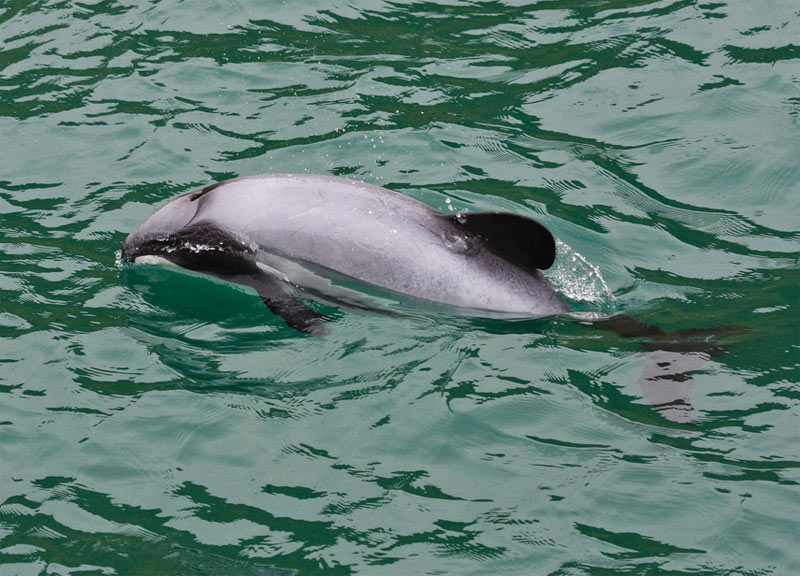
The endangered Hector's dolphins can stretch their fins in a marine protected area off New Zealand's South Island because they have plenty of blowhole-breathing room.
In the marine protected area the dolphins are safe from an ignominious death in a fisherman's net. Marine protected areas limit human activity in the ocean and allow populations of sea creatures to find refuge and even bounce back.
The 1170 square kilometer (451 square mile) New Zealand protected area gave the aquatic mammals enough habitat to survive.
"The take home message is that size matters. Marine Protected Areas work, but they have to be large enough in order to be effective," said Liz Slooten of the University of Otago in a press release.
A study by Slooten and other ecologists found that the survival rate of Hector's dolphins in the protected area increased by 5.4 percent over the past 21 years.
The ecologists conducted their study by photographing 462 dolphins with easily identifiable scars or other marks. They then monitored the dolphins and recorded deaths and disappearances. Statistical analysis allowed them to extrapolate survival in the rest of the population.
Sign up for the Live Science daily newsletter now
Get the world’s most fascinating discoveries delivered straight to your inbox.
BLOG: Harbor Porpoises Return to San Francisco Bay
Hector's dolphins may prove to be the little cetacean that could. They are the smallest dolphin, and one of the rarest. They only ply the waters of New Zealand's South Island, and their population is estimated to be less than 8000.
This story was provided by Discovery News.










